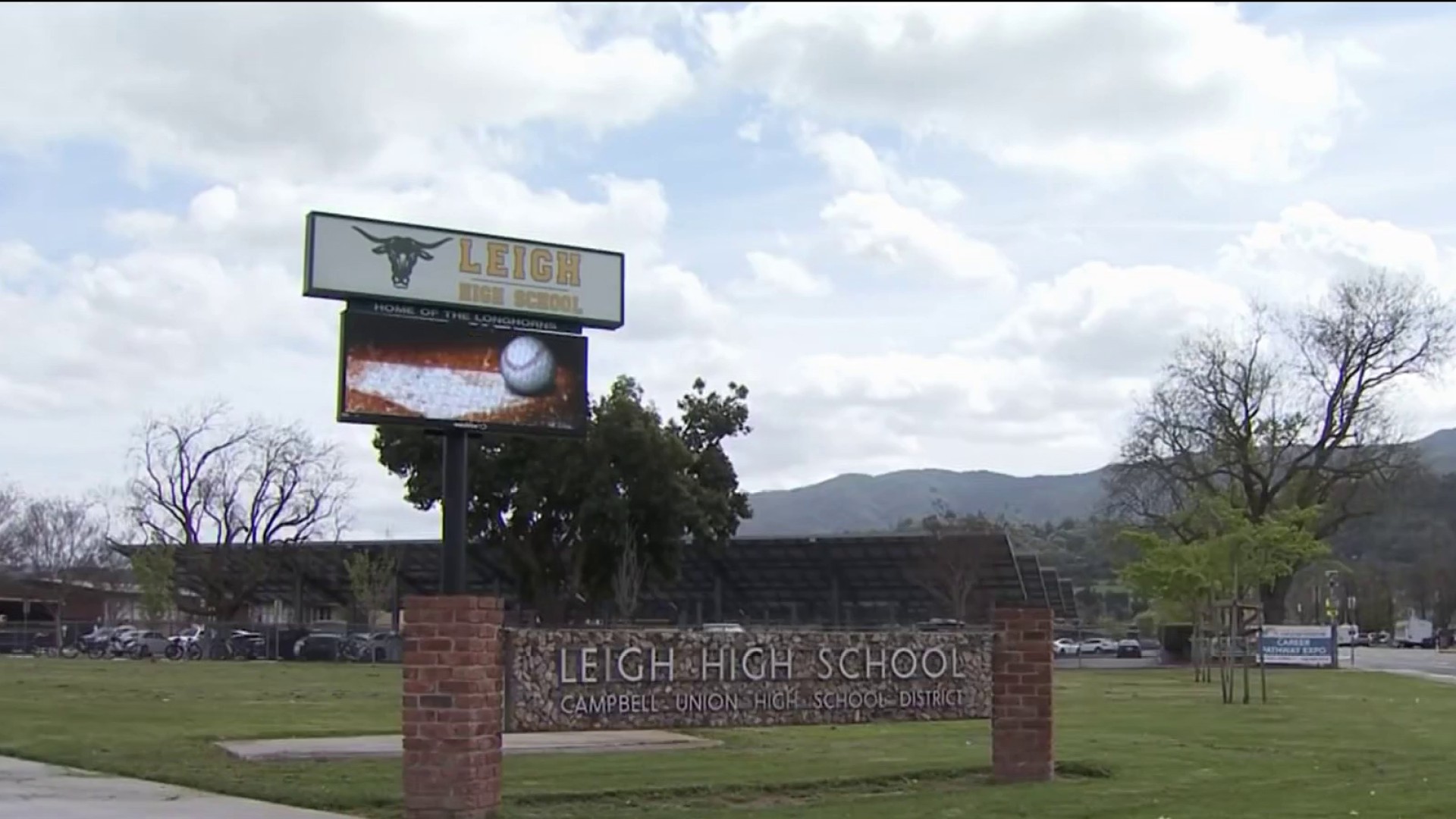They searched for methane on Mars. Now, they’re ready to cruise your neighborhood.
PG&E on Tuesday tested methane-sniffing drones at a training facility in Livermore.
The utility hopes the ultra-light, super-sensitive sensors designed by NASA scientists to detect dangerous chemicals on Mars will have a public safety application here on Earth.
Dr. Lance Christensen, a chemist and senior scientist at NASA's Jet Propulsion Laboratory in Pasadena, said the utility industry reached out to his team because the sensor would be a groundbreaking new tool to detect methane gas leaks.
"Because it only weighs 100 grams, it can be deployed on small aerial robots. That means you can develop systems, autonomous systems that monitor natural gas infrastruture, do science in the Arctic," said Christensen, who invented the device. "This adds a whole new level of capability to public safety, to climate science, that just isn't there right now."
The Open Path Laser Spectrometer sensor is mounted on a simple off-the-shelf drone without a camera. One person pilots the device while another monitors the sensors with a laptop.
Currently, utility employees use a heavy hand-held gun to find methane leaks.
Local
An aerial device would allow them to scan more quickly and access hard-to-reach places.
The OPLS sensor is also thousands of times more sensitive than the standard technology used by utilities to maintain gas infrastructure.
"A cow will generate more methane than the leaks that we are testing here today," said PG&E Research Manager Francois Rongere.
Microbes in the stomachs of cows produce methane. Livestock is the largest source of methane gas emissions worldwide, contributing over 28 percent of total emissions.



